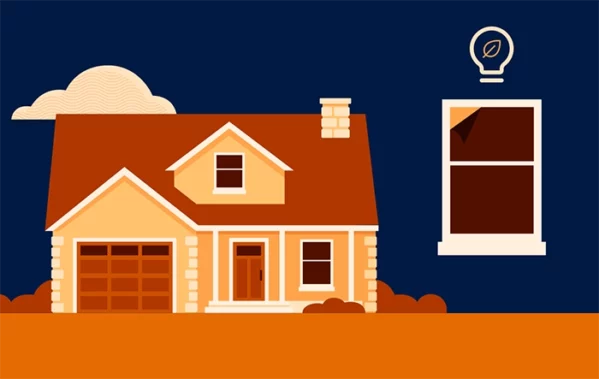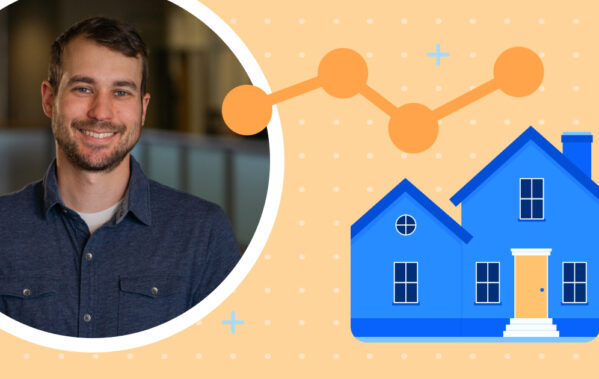Economic and industry news or trends
What you need to know about updates to the Payment Protection Program
The Paycheck Protection Program, the hallmark of the CARES Act, launched on March 27. The program funded $349 billion in forgivable loans for small business owners – but the funds quickly exhausted in just 13 days as companies raced to secure coronavirus relief funds. This week, Congress reached a new agreement to replenish the fund.
We asked Nick Knihnisky, Buildertrend’s in-house counsel and legal expert, to decode the important updates that were made to this program.
If you are unfamiliar with the Paycheck Protection Program, check out our blog post and webisode for information on how your construction business can get started in getting the relief it needs now.
So, what’s new in the PPP? Here’s what you need to know
First round of funds exhausted …
After just 13 days, borrowers exhausted the initial $349 billion allocated to the program and banks stopped taking new applications on April 16. But even before that occurred, federal leaders were calling for additional funding to refill the program.
New round of funds replenishes the program. Act fast!
On April 21, the Senate passed a new stimulus bill, which refueled the PPP with an additional $310 billion. If you have not yet applied, rest assured that you should have the opportunity to do so. However, the new funding will again be on a first come, first serve basis. Quickly contact your lender to discuss when they may reopen applications, as its estimated that these new funds will also go quickly.
Small Business Administration and Treasury issued new guidance
After early confusion as to who had authority over the PPP, the SBA and Treasury released some phased guidance addressing a number of questions surrounding the program. As of April 15, we finally have some firm answers on a few outstanding issues:
- Loan terms: Even if your loan is not forgiven, loan terms should be rather favorable to borrowers. The SBA has established that PPP loans will be for two years at just 1% with payments deferred for six months.
- Fees: Your agent and lender should not charge you any fees. If they request any fees associated with your loan, you should notify the SBA. All fees associated with PPP loans are to be paid by the federal government to the lending institution.
- Self-Employment Eligibility: If you had self-employment income as an independent contractor or sole proprietor and have filed (or will file) a Form 1040 Schedule C for 2019, you are eligible for a PPP loan. To calculate your maximum loan amount, use line 31 on your Form 1040 Schedule C as your annual payroll cost and divide by 12 to get your average monthly net profit amount. If you have any employees, you can use gross wages paid, health insurance contributions, and retirement contributions to reach a final total. All other rules surrounding eligible expenses apply.
If you’re looking for more resources to keep your construction company going during COVID-19, check out our resource hub. It’s updated weekly with blogs, articles and podcasts on the topics that matter most to companies like yours.


Bathroom design trends in 2024
With life being so fast-paced, bathroom designs are embracing the concept of personal sanctuaries. Here are the latest bathroom design trends for 2024.

How window tinting can increase energy efficiency in new builds
Here are five reasons why home window tinting is becoming an increasingly popular choice for and energy-conscious enhancement on new builds.

The 2024 housing market outlook
In this 2024 construction industry update, Buildertrend’s in-house expert shares insight into the lock-in effect, interest rates and the labor shortage.
Want to contribute to our blog?
We believe in building a community for construction – sharing is a big part of that. If you have industry expertise or a story to tell, your voice can reach thousands here.

